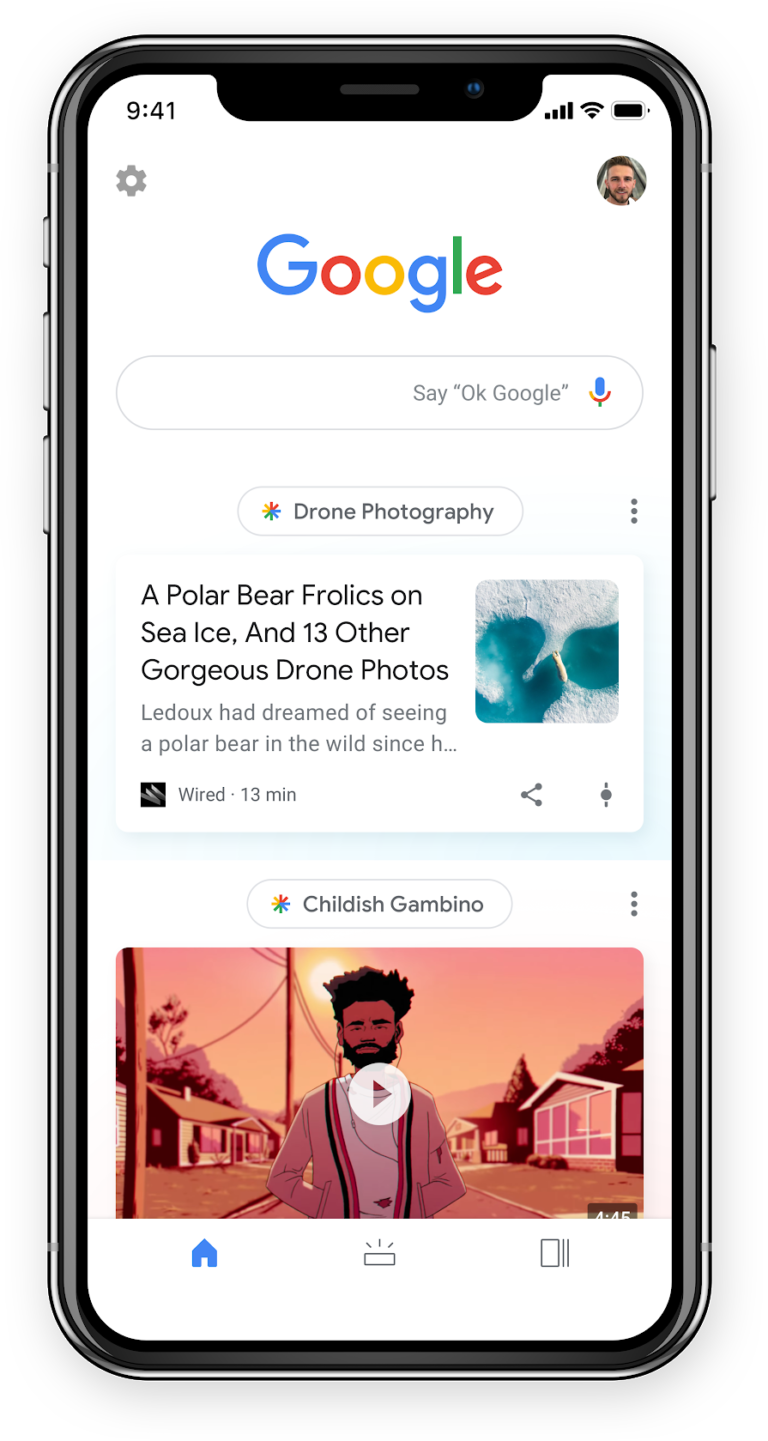Google says content cannot be optimized for Discover in the same way that it can be optimized for search results.
This is stated in an updated help document that contains information on how Google Discover surfaces content to match users’ interests.
In explaining how content is surfaced, Google notes that publishers should not rely on traffic from Discover due to its “serendipitous” nature.
This was not stated as succinctly in previous versions of the same help document.
Here’s a look at what exactly Google has added to the document and how it compares to what was published before.
New Google Discover Help Document
Google has almost completely rewritten its help document on Google Discover.
However, there are more similarities than differences between the new and old texts.
After going through both the current and archived version of the document I picked out some of the key differences.
Change in Focus
There’s a noticeable change in focus between the old and new help documents.
The old help document focused more on answering questions about how Google indexes and ranks content in Discover.
There were even recommendations provided for boosting the ranking of content in Google Discover.
“The two best ways to boost the ranking and performance of your Discover content are (1) to post content that you think users would find interesting and (2) to use high-quality images in your content.”
The new help document focuses on educating site owners about the differences between Discover and Google organic search results.
“Instead of showing results in response to a query, Discover surfaces content primarily based on what Google’s automated systems believe to be a good match with a user’s interests.
The content in Discover changes regularly based on newly published web content or evolving user interests.”
Guidance on Optimizing Content
Google carefully points out that content cannot be optimized for Discover in a similar way to how publishers optimize content for search results.
Due to the unpredictable nature in which Google Discover content is surfaced, publishers should not depend on it as a reliable source of referral traffic.
“Given the serendipitous nature of Discover, traffic from Discover is less predictable or dependable when compared to Search, and should be considered supplemental to your Search traffic.
This means that you might create and optimize content to fulfill specific search needs for search engine traffic, but there is no way to create content that explicitly targets Discover’s interest matching.”
Related: How to Succeed in Google Discover
Different Images
For what it’s worth, Google is using different images in the new and old versions of the help document.
 Old image
Old image
 New image
New imageRelated: Google Discover Now Shows Large Images for Non-AMP Pages
A Brand New Section of Recommendations
There were few recommendations provided in the previous document for how to enhance the appearance of content in Google Discover.
Content cannot be optimized for ranking in Discover, but site owners can optimize how content looks when it does get surfaced.
The way content appears may influence whether users want to click on on it or not.
Here are Google’s recommendations to “increase the likelihood of success” in Discover:
- Have page titles that capture the essence of the content, but in a non-clickbait fashion.
- Avoiding tactics to artificially inflate engagement by using misleading or exaggerated details in preview content (title, snippets, images) to increase appeal, or by withholding crucial information required to understand what the content is about.
- Avoiding tactics that manipulate appeal by catering to morbid curiosity, titillation, or outrage.
- Having content that’s timely for current interests, tells a story well, or provides unique insights.
- Providing clear dates, bylines, information about authors, the publication, the publisher, company or network behind it, and contact information to better build trust and transparency with visitors.
- Including compelling, high-quality images in your content, especially large images that are more likely to generate visits from Discover. Large images need to be at least 1200 px wide and enabled by the max-image-preview:large setting, or by using AMP. Avoid using a site logo as your image.
- Our automated systems surface content in Discover from sites that have many individual pages that demonstrate expertise, authoritativeness and trustworthiness (E-A-T). Those looking to improve E-A-T can consider some of the same questions we encourage site owners to consider for Search. While Search and Discover are different, the overall principles for E-A-T as it applies to content within them are similar.
No Changes to Monitoring Content Performance
Google left the following section on monitoring performance on Discover completely unchanged:
“If you have content on Discover, you can monitor your performance using the Performance Report for Discover. This report shows impressions, clicks, and CTR for any of your content that has appeared in on Discover in the last 16 months, as long as your data reaches a minimum threshold of impressions.”
Source: Google





